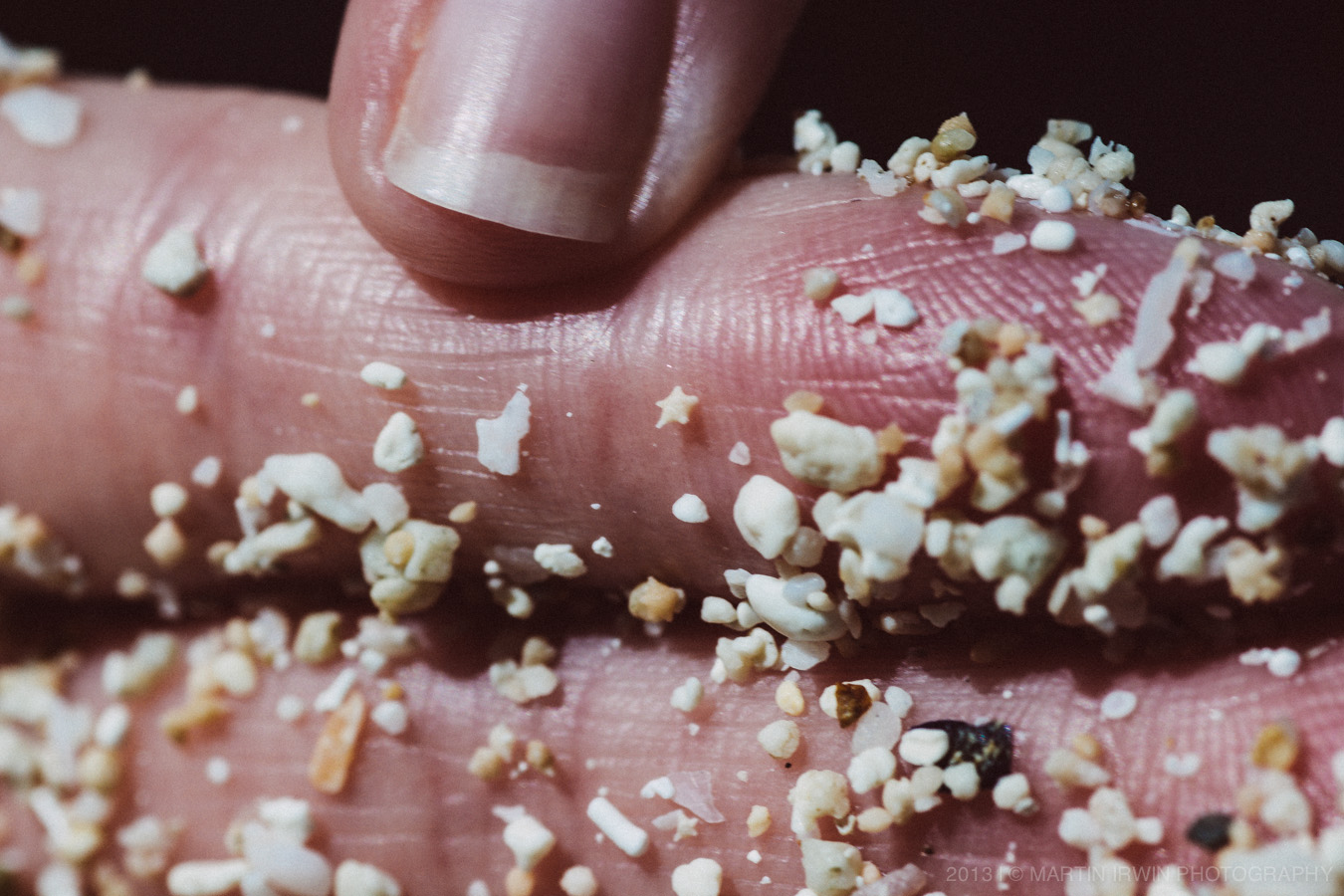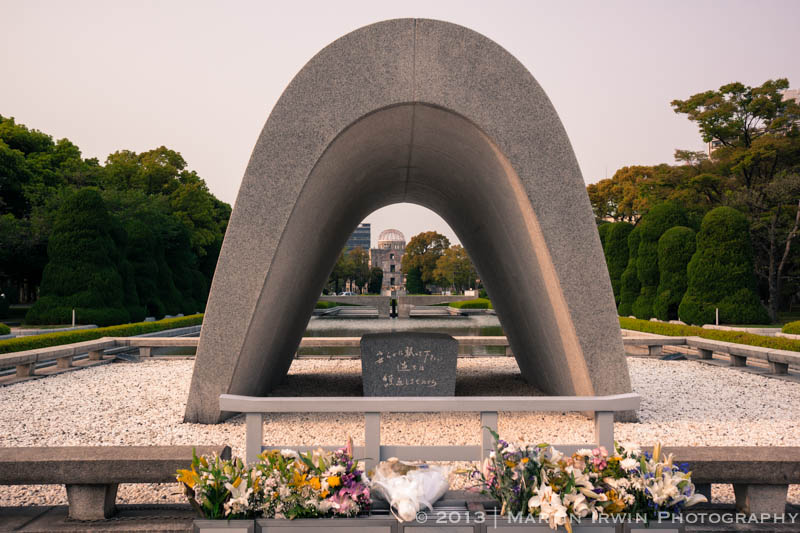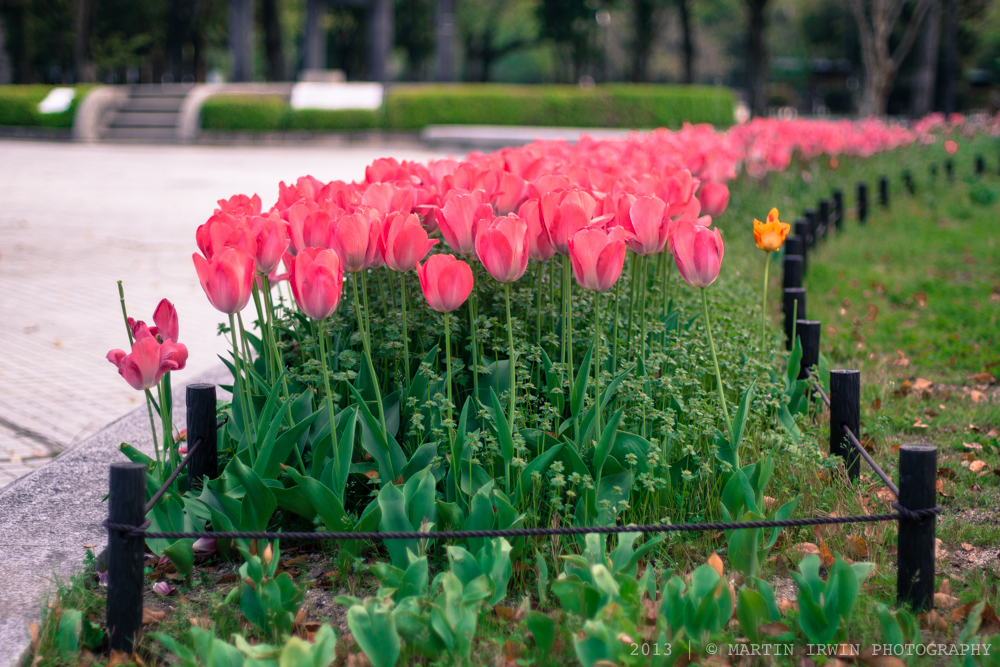Though I've been fortunate enough to visit Okinawa numerous times, I've spent most of that time on the main island; Okinawa Honto. To see what else the prefecture has to offer, we decided to stay on nearby Ishigaki-jima.
Read Moretourism
Taketomi is known for its traditional Ryukyuan houses, stone walls, and sandy streets. Photo taken just after sunset.
Taketomi-jima - 竹富島
Sometimes the stars align in such a way, that one is convinced of fate. Staying on Taketomi-jima (jima means island in Japanese), was one of those moments. We've looked into visiting here long ago, but ruled it out when we decided to keep the budget low and just visit Okinawa's main island. The problem is, that on the main island, a hire car is pretty much a necessity. This means that it worked out cheaper to use ANA airmiles for a flight to nearby Ishigaki (more on that island later), and a 15 minute ferry trip to Taketomi - an island like no other in Japan (or the world, for that matter).
If it weren't for the subtropical weather, and brilliant light, this could have been somewhere in the UK...
The drystone walls in Taketomi are just over 150cm high, so I have no trouble snooping around. The island is a raised coral atoll, which explains its extremely flat topography.
The plan here was simple. Sit in the sun and read, dip in a pool, drink beer, disconnect from the internet and all of the daily noise we're used to, and reset ourselves.
A modest, but essentially perfect dip-pool
Our plan worked. I've been much further from home, wherever that may be, but rarely have I felt so separate from the goings on of the world. Each day was taken as it came; there was little-to-no planning.
There's a beach famous for its star-shaped sand (which is actually not sand, but crustaceans). Apparently it brings good luck to those who find it!
It's when travelling around Japan, outside of my daily routine, that I'm often surprised at how surprised the local people are that I can speak Japanese. I take it for granted - there are numerous expats in Tokyo speaking the lingo. Come out here though, and usually the only tourists will be asian (mostly Japanese, then Chinese, then Korean). If there are any Westerners, they usually don't speak Japanese.
I'm not saying that it's easy to understand the Japanese terms for fruit you've never seen before...
No picture gives justice to the fresh mango juice
竹富そば - Taketomi soba
Well, this posting turned into another long one, loaded with photos! I'll end with two more. Each night, we went to the beach (the island is only around 3km wide) and watched the sun set. It does so very quickly this close to the equator. The sun would set over the nearby Iriomote island (西表島) which we visited in 2011.
Sunset over Iriomote island (西表島)
It was after sundown, in the pitch black, that we heard a group of Japanese tourists scream. They'd found a hermit crab, crossing the road... hardly worth a scream, you say? Well, this particular crab was at least 10cm across, and about 20cm long...
EDIT: I think this is Coenobita brevimanus, オオナキオカヤドカリ. For scale, look at the ground (sand).
As I was trying to take photos of stars at the time, and had drunk quite a few beers, I completely messed up this photograph. For those interested, the EXIF data is: 13s f/22.0 ISO1000 35mm. Illuminated by a flash of a torch, I turned the camera away after I'd realised the shutter hadn't closed. Then I held the camera in disbelieve. I entered the settings... and then the battery died! Yes, I possibly exclaimed at this point. OK, I did (sorry Charlotte!). The crab was then long gone, into the vegetation. The moment had gone. It was only when I got back to our house that I was blown away. Somehow, I had a useable photo! Huzzah!
I should count my lucky stars...
Note to self: never, ever, ever, under any circumstance, go out drinking and forget to bring your spare RX1 battery.
N700 Series Nozomi to Kyoto
A weekend in the Kinki region - Tokyo to Kyoto
A while ago, we planned a city-break to Kyoto in the Kinki Region of central Japan. The Kinki Region, also known as Kansai, is a popular tourist destination for Japanese and non-Japanese alike. Much like the Kanto region in the east, the Kinki/Kansai region is not an administrative unit, but rather a cultural and historical one. It's famous for food, culture, Geisha, and temples. It's not famous for rain - but it should be if our weekend was anything to go by!
Our pilot for the evening. I'm somewhat reluctant to call bullet train drivers simply "train drivers", and pilot seems more fitting.
Train or plane?
I've not taken a shinkansen (bullet train) for over a year, so I was rather excited. As we pulled out [exactly on schedule, naturally] from Tokyo Station, the intensity of the rain increased until it was streaming sideways across the window. I wonder what the view from the front window was like...
I took the Nozomi class shinkansen and arrived in Kyoto after two hours of ultra-smooth, ultra-fast train travel.
Kyoto Tower
Directly outside Kyoto station is the bus terminal, which I thoroughly recommend using to navigate around the city in a timely fashion. Walking everywhere means you will not see everywhere. Some temples are pretty close to each other, but definitely look into getting the bus to cover larger distances with ease.
The bus is also a good way of protecting oneself from the elements
Our accommodation was in the northern Sakyo Ward, which is around 30 minutes on the 206 bus from Kyoto station. The flat fare of ¥220/person (pay when you get off - and please have your change ready!) seems pretty reasonable.
A rather fetching clock, and a puzzling piece of paper...
After almost three years in Japan, we've experienced our fair share of Engrish, but this really has to take the cake. I have no idea what it means. Whatever it means, Charlotte has until 10am tomorrow morning...
The "best" Engrish we've ever seen... to what exactly does the first bullet refer? Answers on a postcard...
I'll post some photos from the weekend in subsequent posts. I took far too many to cram into one post, even after some rather ruthless culling. I hope you enjoyed the start of this journey - stay tuned!
Atomic Bomb Dome [Hiroshima Pt. 1]
Atomic Bomb Dome | NEX-7 & SEL24F18Z| 24mm, f/5, 1/400s, ISO100, RAW
The infamous and unmistakable Atomic Bomb Dome (原爆ドーム ; genbaku dōmu) in Hiroshima. I am polarised by its existence. One the one hand, I see the dome standing there, more than 50 years since the entirety of Hiroshima was flattened, burned, and destroyed by the world's first human-test of atomic weaponry. Except for this dome-topped building. I imagine Little Boy (the bomb), being dropped from the Enola Gay(the aeroplane), above the Aioi Bridge (the target). I imagine the pilot of the aircraft, banking off to the side. I imagine the aircraft behind, with its scientific equipment. I imagine the third aircraft, with its photographers pressed against each window. Then I imagine some 43 seconds later, at an altitude of around 600m, when the hollow uranium bullet was fired at its target brethren. I imagine the enormous fireball, some 4000°C at its surface. A mini Sun. I imagine the x-rays, gamma-rays, and intense light rays, spreading out at the speed of light, to the unknowing people below. People were burned to ashes instantly, others blasted by the sheer force of the strong blast. Buildings were flattened and decimated. Bombs are indiscriminate. Men, women, and children, burned by the radiation, fires, bleeding profusely and scrambling for safety. But there was no safety. The bomb was a resounding success. This result had shown that the colossal $2Bn USD (about $26 billion in 2013 dollars) spent on the Manhattan Project was "justified". The US had this power, and Russia should take note. The world should take note.
Genbaku Dome
The other half of me walks around the Hiroshima Peace Park, camera in hand, taking in the beautiful weather, wide open spaces, pretty flowers, happy children, and the peace. Without the bomb, who knows what Hiroshima, or Japan for that matter, would look like in 2013. Who knows what the state of the world would be, should WWII have ended just slightly differently?
Peace Memorial
The Peace Monument has a line of people with cameras in hand, or possibly flowers, patiently waiting to take their turn. Hardly anyone is talking. There's a very sombre atmosphere, but it's all very calming. Looking through the monument (stooping down, if you're me), we have a clear line of site to the Bomb Dome, beyond a flame which burns night and day in memory of the victims.
Tulip Road
The area surrounding the Bomb Dome is known as Hiroshima Peace Memorial Park, and it's quite simply, lovely. It's extremely peaceful to stroll by the river, through the tree-lined walkways. Most of the area is pedestrianised, but where cars are permitted, they trundle by at a leisurely pace. There are hundreds of school children, taking part in school trips. They're all very chatty, saying "hello" and being surprised when we reply in Japanese. They're expecting all foreigners to be tourists, and though we are in some respect, they don't expect us to have an apartment in Tokyo, and to speak Japanese.
Tulips
Everywhere is exceptionally clean, though we've become used to such things in Japan. Hardly any litter to speak of, just petals blowing gently down the street. We walked right up to the dome, by which point the sun was setting. We were in no rush. The peace and tranquility of the area resulted in a loss of urgency. An ideal way to start a holiday!
Genbaku Dome up close
I recommend all visitors to Japan, to visit Hiroshima. There's far more to see than just the Bomb Dome, but I implore you to visit. Visit the museum. Understand why any country in possession of nuclear weapons is a threat to our entire existence.
Hiroshima from Aioi Bridge
[Remember to click the arrow in the top-right for a fullscreen slideshow!]










